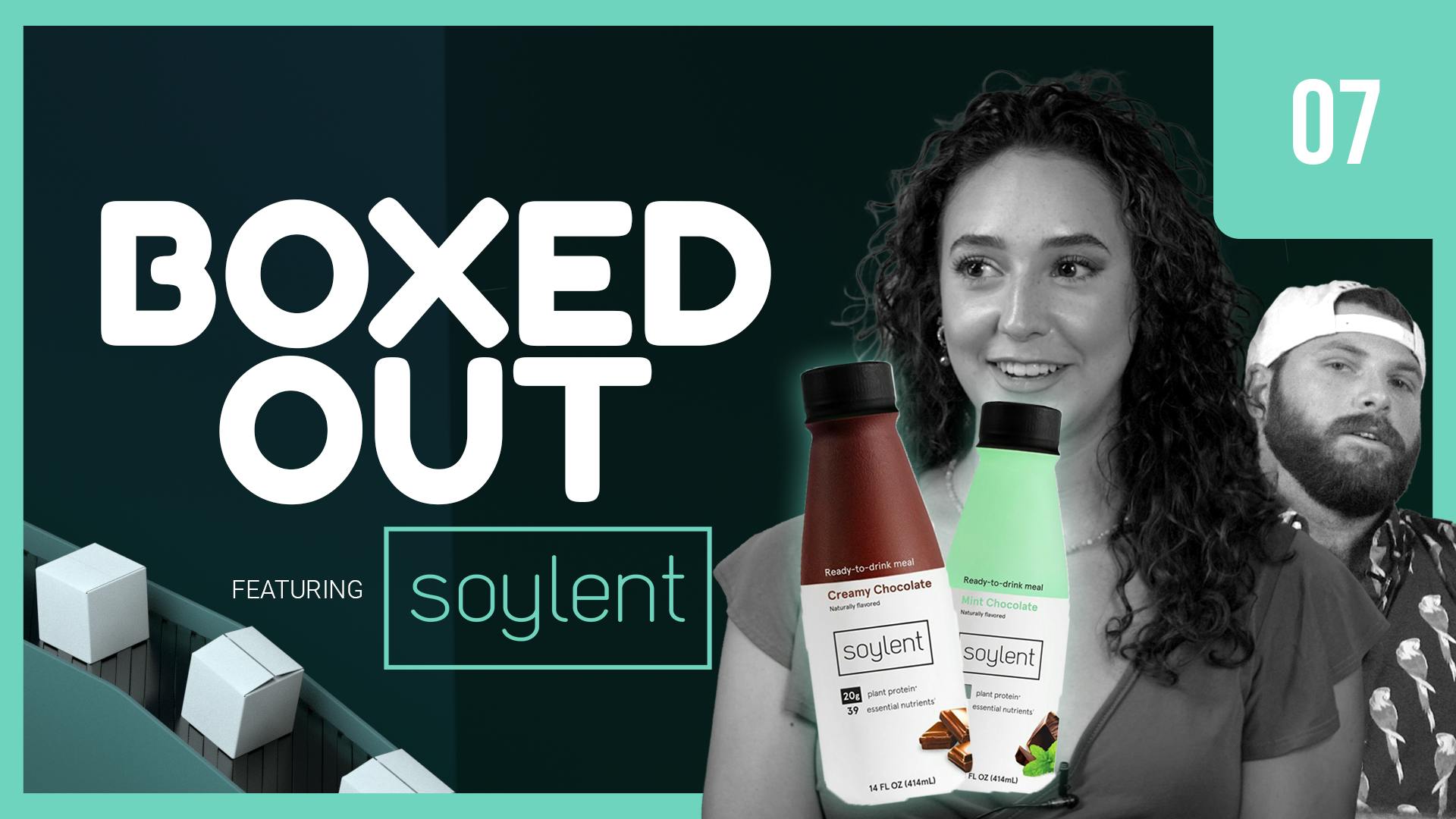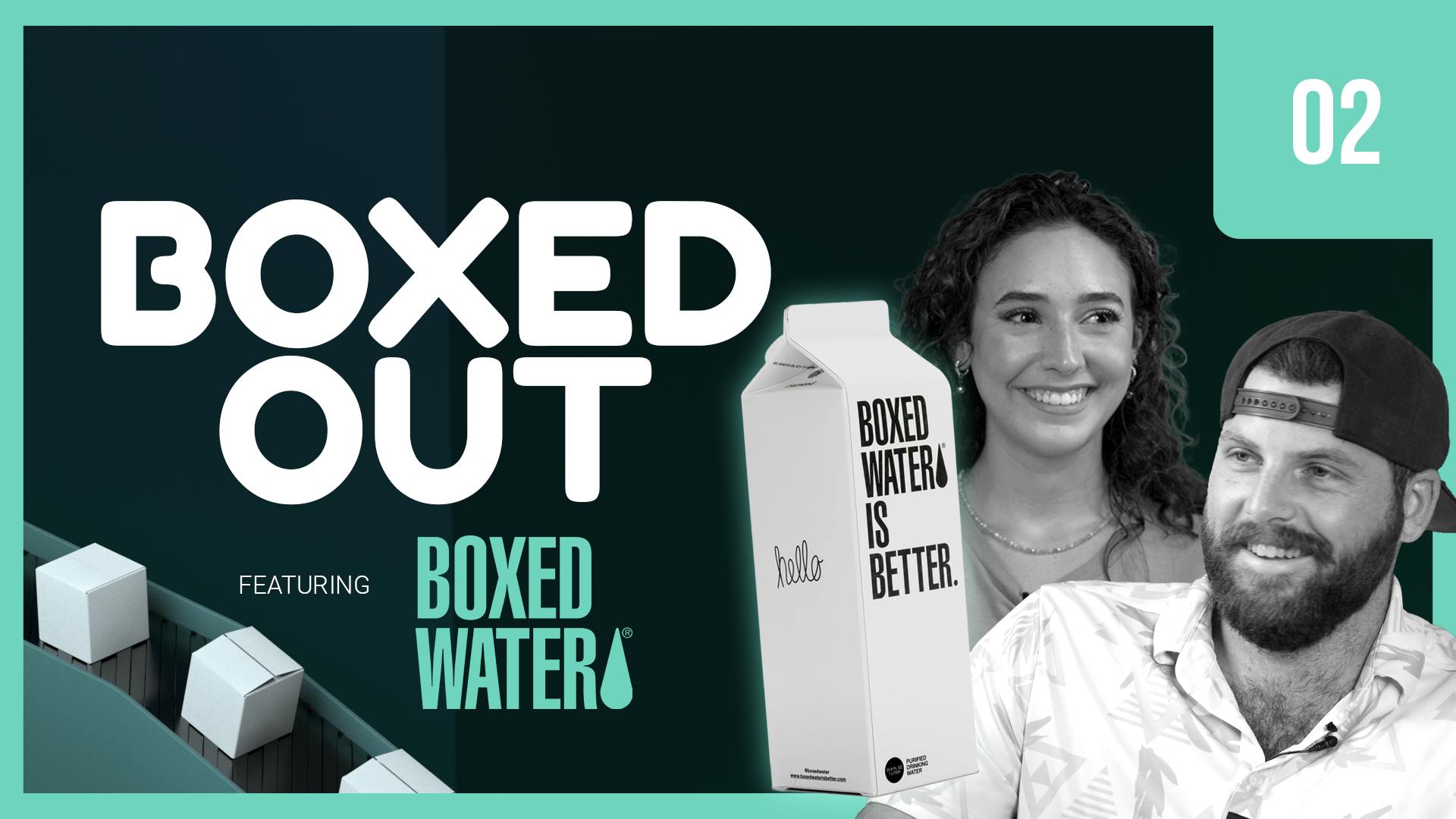
Is Art of Sport's retention scoring?
This episode might reference ProfitWell and ProfitWell Recur, which following the acquisition by Paddle is now Paddle Studios. Some information may be out of date.
Please message us at studios@paddle.com if you have any questions or comments!
Today we're talking about Art of Sport, a company that's taking the multi-billion dollar men's hygiene market by storm thanks to strong positioning and a niche of athletes. We're going to learn how Art of Sport does well—and not so well—with their subscription retention strategy. Everything we talk about today—take it and apply it to your own DTC brand.
Art of Sport—a company that's taking the multi-billion dollar men's hygiene market by storm thanks to strong positioning and a niche of athletes. But is it enough to keep their customers long term?
Key takeaways:
Below are some valuable takeaways you can implement in your own business.
Term optimization.
AOS needs to go deeper on term optimization. They're not offering an extended subscription in exchange for a discount or other type of offer, right now. Longer-term subscriptions retain customers at a 15-30% percent higher rate than monthly subscriptions.
- Offer longer-term plans in exchange for a discount.
- Term optimize after the purchase has been made, as well as before.
- Remind customers to upgrade to a longer-term plan with a plain text email and offer a one-click upgrade.
Celebrity endorsements and testimonials
Not only do celebrity endorsements or well-known spokespeople boost willingness to pay, but they also increase retention and conversions. We found those individuals who identify with the celebrity endorsements tend to retain at a 10 to 20% higher rate than those who don't.
- Be overt with your celebrity endorsements and/or testimonials.
- Surface great content more in the order-buying and post-purchase process.
Credit card failure process.
AOS needs to improve their credit card failure process. Credit card failures account for 20-40% of your churn and cancellations. If you don't recover those failed payments, you likely won't recover those customers either. Remember, payment and credit card failures are a mechanical problem. These customers aren’t leaving because they didn’t like your product.
- They need four to five plain text emails going out in an intelligent drip based on the customer's behavior after they realize the card's declined.
- Add SMS messages to this flow.
- Recognize and message expired credit cards.
- Optimize landing page or add a modal over the homepage.
Art of Sport
Sports are ingrained in our culture on a global scale. Our favorite athletes are household names and influence everything from the teams we cheer for, to what we put in and on our bodies.
Today, sports and hygiene industries combined are worth close to $700 billion. However, until recently there hadn’t been a line of products that had taken advantage of combining these two industries. That is until Art of Sport, a personal care company that produces a unisex line of body and skin care products marketed toward athletes.
Founded in 2018, by Matthias Metternich, Brian Lee, and the late Kobe Bryant, Art of Sport came to be after an unplanned trip to CVS. Matthias and Brian had forgotten their sunscreen so they went in search of some, only to find that all the options said “sport” on them. For the life of them they couldn't figure out which one was better, or what differentiated them. Each sunscreen listed the same ingredients and formulas. Realizing these weren’t actually sports’ brands, it struck them that there wasn’t a single brand specifically formulated for sport. So, they set out to create one. Their goal: to provide innovative body care products with integrity and efficacy designed for sports performance.
Art of Sport’s success
There’s two main components that led to Art of Sport’s success:
One, they had the advantage of being well-known and loved by athletes, with their following already in the hundred of millions. By utilizing positioning and a niche of athletes to stand out in the market, they nailed it.
Second, the bar was set really low in a substantial category, meaning there was a void in the industry that they were able to fill and dominate because they were experiencing it, firsthand—not only were they part of the industry, they were also consumers. Because of this they worked hard to keep their customers at the center of their products and brand innovation strategies.
It’s that commitment that has enabled Art of Sport to create a complete unisex line of body and skincare products designed specifically for athletes—by working with the best scientists and best athletes. Art of Sport products are infused with carefully chosen natural botanicals - formulated without parabens, sulfates, and are cruelty free. Art of the Sports product line includes everything from shampoo & conditioner, to body wipes. Men and women alike, love them.
With a phenomenal product, top scientists, the approval stamp of world-class athletes, thousands of five-star reviews, and a recent, second round of funding of close to $19 million: It’s game on.
Art of Sport’s retention review
We’re excited about Art of Sports, but their strategy isn't perfect—namely retention. Most brands don't focus on this aspect of their business enough - getting acquisition brain and just focusing
Why is retention important?
You spend half of your budget and time acquiring customers, but to be successful, you need to keep them. The beauty of the subscription model is that the relationship with the customer is baked directly into how you make money. If that customer is happy, they'll keep buying from you in the long term. If they're upset or not seeing the value, they'll cancel—quickly.
Plus, money talks here. Subscription e-commerce companies using the tactics we're going to talk about have 2x the customer lifetime value (LTV), 2x the average order value, and 3x higher growth rates, because they're not worried about plugging a leaky retention bucket.
To highlight the importance here, let's look through Art of Sport's retention strategy and break down what they're doing well, and not so well, so you can learn for your own DTC business.
Retention has three parts:
- Active churn, which are customers who are actively choosing to cancel your product.
- Expansion revenue, which are your existing customers that buy more product.
- Delinquent (or involuntary) churn, which are customers who's credit card or payment has failed, which sadly is one of the largest single buckets of where you're losing money.
Art of Sport’s active churn:
The good:
Art of Sport's active churn strategy has a couple of subtle, but amazing pieces that actually encourage customers to stick around for the long term. For one, the celebrity endorsement or involvement may seem like an expensive marketing ploy, but it's actually extremely helpful when it comes to retention.
Not only do celebrity or well-known spokespeople boost willingness to pay as we found with the DTC Priced Right episode on Art of Sport, but they also increase retention. After looking at 10,000 DTC subscription customers, we found those individuals who identify with the celebrity endorser tend to retain at a 10 to 20% higher rate than those who don't.
Art of Sport also does well with their cancellation flow. They give the ability to delay shipment or change the shipping date or frequency right on top of the “edit subscription” modal. They're also giving some clean and really well-written copy based on the cancellation reasons you pick, re-contextualizing that you’re getting high quality products at a good price, or that you can pause your subscription.
Needs improvement:
The one area I wish they tweaked a bit more, were the offers they provided if I mentioned I didn't like the product or found it too expensive. You don't want to erode your value, but sometimes people need an extra month to realize the value of the product. They could learn a lot from last week's episode on Ritual who is probably one of the best brands we've seen.
Art of Sport’s expansion revenue prowess:
Expansion revenue is crucial, because your existing customers are more than willing to buy more from you - you just have to make sure to ask. Plus, those customers who have at least one add-on or additional purchase tend to have 18-54% higher lifetime value, meaning they're paying you more over the life of the subscription, but they're also sticking around longer, because they're more engrained within your product.
The good:
This is where Art of Sport really shines. Take a look at this checkout flow. Rather than just plopping you into a cart experience after you choose a different product they showed a path to a discount if you add more products. Even without the discount you feel like you need to add more products, and despite the fact that you can just go and click through to the checkout if you wanted.
The nuance here can't be overstated. If you give me a path to achieve, I want to achieve it. And Art of sport's focus here, produces an increased average order value and higher lifetime value of their customers who are more bought into the brand with more products.
The bad:
One area they could do more of, was in the post-purchase expansion revenue world. We didn't receive really any emails to add more to our order after the initial purchase. And that order confirmation page was pretty blank, even though it's perfect real estate to display an exclusive product or something that you can add as a one-time purchase on top of your subscription.
You already have me as a customer. Show me more. Send an email that shows me James Harden promoting something or asking me to add something. I think there's a lot that can be done after the fact here, especially if customers are already bought in.
Art of Sport’s credit card failure flow
Now let's talk about the sexiest topic in the world - credit card failures. We know you don't wake up sweating in the middle of the night thinking about credit cards—that's our job—but here's why we obsess over things like this: 40% of the subscription customers that leave you are leaving because of failed payments. To get these customers back, we want to make sure Art of Sport is treating these folks like a marketing channel, sending them messages before the credit card fails - all the way to after the point of failure through email and text messages.
Needs improvement:
This is where Art of Sport has done an average job but could make small improvements to become above-average. They sent us three emails that essentially had the exact same copy and were in the pseudo plain text and pseudo market-y style. They didn't really come from a human and when these aren't plain text, they're extremely easy to ignore in the deluge of emails we receive.
Normally we'd want to see a four to five intelligent email drip over a 14-day period after the initial card fails that eases the customer back and basically reminds them of the value they're getting from Art of Sport. Keep in mind that if you don't get updated payment information, these customers aren't coming back and you can make this a great experience.
One area that was good, but could be improved, is the fact that when you click through on these emails, you don't have to log in to update your credit card. This is good and reduces friction, but the landing page looked a bit spammy. It's better to put a modal over the homepage or a different marketing page so it appears as part of the main site instead of a phishing link.
They should also be sending SMS messages. We didn't get any of those for the payment failures.
Based on what we're seeing, art of sport could double their recovery rate. We don't have perfect insight into their business, but that's likely hundreds of thousands, if not millions in lifetime value.
Overall:
The takeaway here: Art of Sport has done a fairly good job with their retention with some notable exceptions, so there's still work to be done. They just need to take the talent they've applied to the brand, product, and experience and apply it more to the retention side of their business.
Retention revamp
Let's revamp. First though, why do we feel we have any authority to even talk about this? Roughly 20% of the entire subscription market is using ProfitWell, so we're sitting on more data than anyone else. Simply put, we have the data to know what works and what doesn't, and we care more about this problem than anyone else out there.
Let's walk through three big things we'd change immediately about Art of Sport's retention strategy, so we can all learn for our own brands.
3 Takeaways
- Art of Sport should go deeper on term optimization. Right now we're not seeing a customer able to pre-pay for an extended subscription in exchange for some cash off. This is a missed opportunity for such a health- and habit-laden product where some buyers may just want to set and forget their deliveries and such. Give me the opportunity to buy an annual or even six months for a bit of a discount or even some sort of an offer.
The big thing to keep in mind here is that those longer-term subscriptions retain customers at a 15 to 30% higher rate than monthly subscriptions. This is based on a study we completed looking at 50,000 DTC subscription customers. Even an incremental amount of customers on these plans will pay dividends.
You can ask customers not only in the checkout flow, but also AFTER the purchase has been made. New users may want to try the product out before committing to something longer, so reminding them through a plain text email with an offer and a one-click upgrade to a longer-term plan helps boost overall lifetime value considerably. - Art of Sport should lean deeper into the celebrity endorsements or testimonials.
We didn't receive much in the form of additional endorsements after the purchase process, and as we mentioned these endorsements increase willingness to pay, retention, and conversion. They should be more overt with these.
Pull people deeper into the brand. They do need to be careful on how deep the endorsement goes, but they have some phenomenal content in their blog called The Playbook. It'd be nice if they surfaced these more in the order-buying and post-purchase process. - Art of Sport needs to improve their credit card failure process
They're losing a good amount of money by only doing the basics. They need four to five plain text emails that go out in an intelligent drip, based on user behavior and data after they realize the card declined. They need SMS messages, they need to recognize and message expired credit cards, and they need to optimize their landing page.
There’s definitely hope for Art of Sport on this axis, as these changes aren't major, but they'll have a big impact. They can actually GAIN market share and retention simply by applying great copywriting and marketing to this part of their flows. It’s a great company, and they clearly take optimization seriously. We know they can succeed in boosting that recovery rate substantially.
Who's up next?
Next week—we're diving into the meal replacement market to a DTC brand that's reinvented how we get our daily calories. The DTC brand we'll be digging into is Soylent. So, make sure you subscribe to Boxed Out, and tell your friends so we can get this knowledge into the as many hands as possible.





